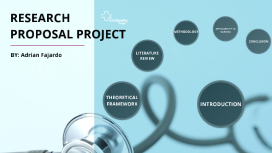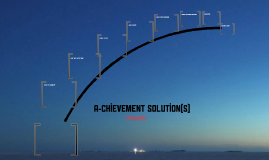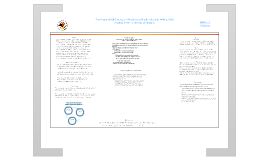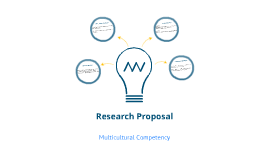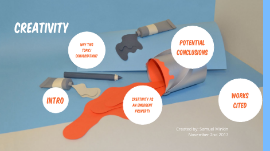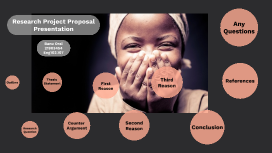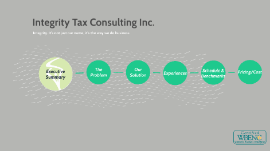Research Project Proposal Presentation
Transcript: Research Project Proposal Presentation Banu Oral 21903454 Eng102.107 Outline OUTLINE Works Cited Main Arguments Counter Argument Thesis Statement Conclusion Research Question Any Questions Banu ORAL 21903454 Eng102.107 1 Research Question To what extent environmental factors affect happiness? Research Question Banu ORAL 21903454 Eng102.107 Why did I choose this topic? 2 Thesis Statement Thesis Statement Despite the opposing views, environmental factors, which are ecological; political, and socio-cultural factors can affect happiness positively. Banu ORAL 21903454 Eng102.107 3 Counter Argument Counter Argument Some argue that people are born happy or unhappy since the level of life satisfaction alters depending on the genes rather than the environmental factors. Based on the 'World Value Survey' reports, the authors state that those with more A allele genes are happier than others (Minkov and Bond 330). Banu ORAL 21903454 Eng102.107 Clifford Sosis advocates that although identical twins have similar tendencies towards positive and negative emotions, their happiness levels can also change with the change of non-genetic factors (5). 4 First Reason The first point as to the extent to which environmental factors affect happiness in terms of ecologic determinants is that ideal geographical conditions can enhance life satisfaction. First Reason Banu ORAL 21903454 Eng102.107 5 Sub Argument 1 Using proximity measures and Geographical Information Systems (GIS), it was determined that ideal environmental conditions have a positive impact on well-being (Brereton et al. 394-395). Banu ORAL 21903454 Eng102.107 5) a. “The coefficient of CO2 indicates that with 1 percent increase in carbon dioxide emissions decreases happiness up to 0.46 units…. The results show that with one percent increase in protection of species the level of happiness increases by 0.06 units.” (Majeed and Mumtaz 759-760). Sub Argument 2 Banu ORAL 21903454 Eng102.107 5) b. Second Reason Besides the idea mentioned before, another point to consider about how environmental factors affect happiness in terms of political determinants is that a high quality of government may lead to a high life satisfaction level. Second Reason Banu ORAL 21903454 Eng102.107 6 Sub Argument 1 Jörg Ott : “There is a high correlation between the quality of government and average happiness in nations, with technical quality as the leading aspect.” (13). Banu ORAL 21903454 Eng102.107 6) a. According to The World Values Survey covering 75 countries, the quality of government has an independent influence on citizens' life satisfaction in poor countries and the rich ones (Samanni and Holmberg 11). Sub Argument 2 Banu ORAL 21903454 Eng102.107 6) b. Third Reason The last point to examine about the extent to which environmental factors influence happiness in terms of socio-cultural determinants is that stereotyped cultural judgments in terms of individuality and gender equality can increase life satisfaction. Third Reason Banu ORAL 21903454 Eng102.107 7 Sub Argument 1 Dezhu Ye, Yew-Kwang Ng, and Yujun Lian revealed that in countries with individualistic cultures, people have a more substantial self-identity consistency, a more consistent self-view (521). Banu ORAL 21903454 Eng102.107 7) a. The cross-country culture survey indicates that gender egalitarianism can contribute to the well-being level with 37.1 % (Ye et al. 519). Sub Argument 2 Banu ORAL 21903454 Eng102.107 7) b. Conclusion Conclusion To summarize, notwithstanding the opposing views, environmental factors, which are ecological, political, and socio-cultural factors, positively can influence happiness. Body 1 Body 2 Body 3 Body 4 Based on the twin study, which observed changes in the subjective well-being of genetically identical twins due to non-genetic factors, it can be realized that happiness does not come from genes. It is claimed that life satisfaction may increase in ideal geographical conditions such as temperate climate, species conservation, and water quality. It is asserted that the high quality of government in terms of technical quality, impartiality, the rule of law, and absence of corruption may cause a rise in happiness level. As revealed by some, stereotyped cultural judgments regarding individuality and gender equality may improve subjective well-being. Banu ORAL 21903454 Eng102.107 8 References References: Brereton, Finbarr & Clinch, J. Peter & Ferreira, Susana, "Happiness, geography and the environment," Ecological Economics, Elsevier, vol. 65(2), pages 386-396, April, 2008. https://www.sciencedirect.com/science/article/pii/S0921800907003977 Commer, Pak & Sci, Soc & Majeed, Muhammad & Mumtaz, Shaista. “Happiness and Environmental Degradation: A Global Analysis”. Pakistan Journal of Commerce and Social Sciences. 2017. 753-772. 2017. http://hdl.handle.net/10419/188315 Minkov, Michael, and Michael Harris Bond. "A Genetic Component to National Differences in Happiness". Journal of Happiness Studies 18.2 (2017):






